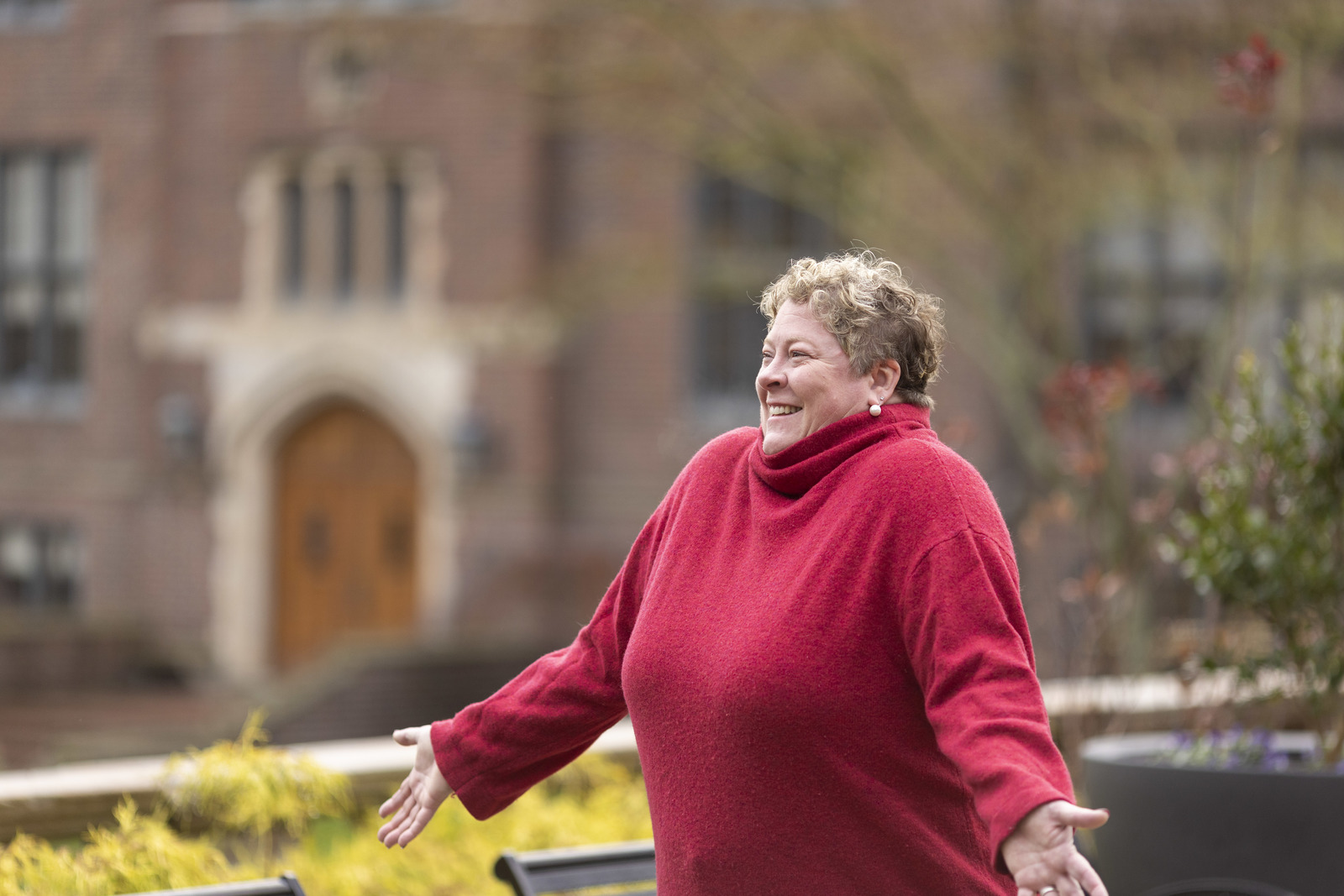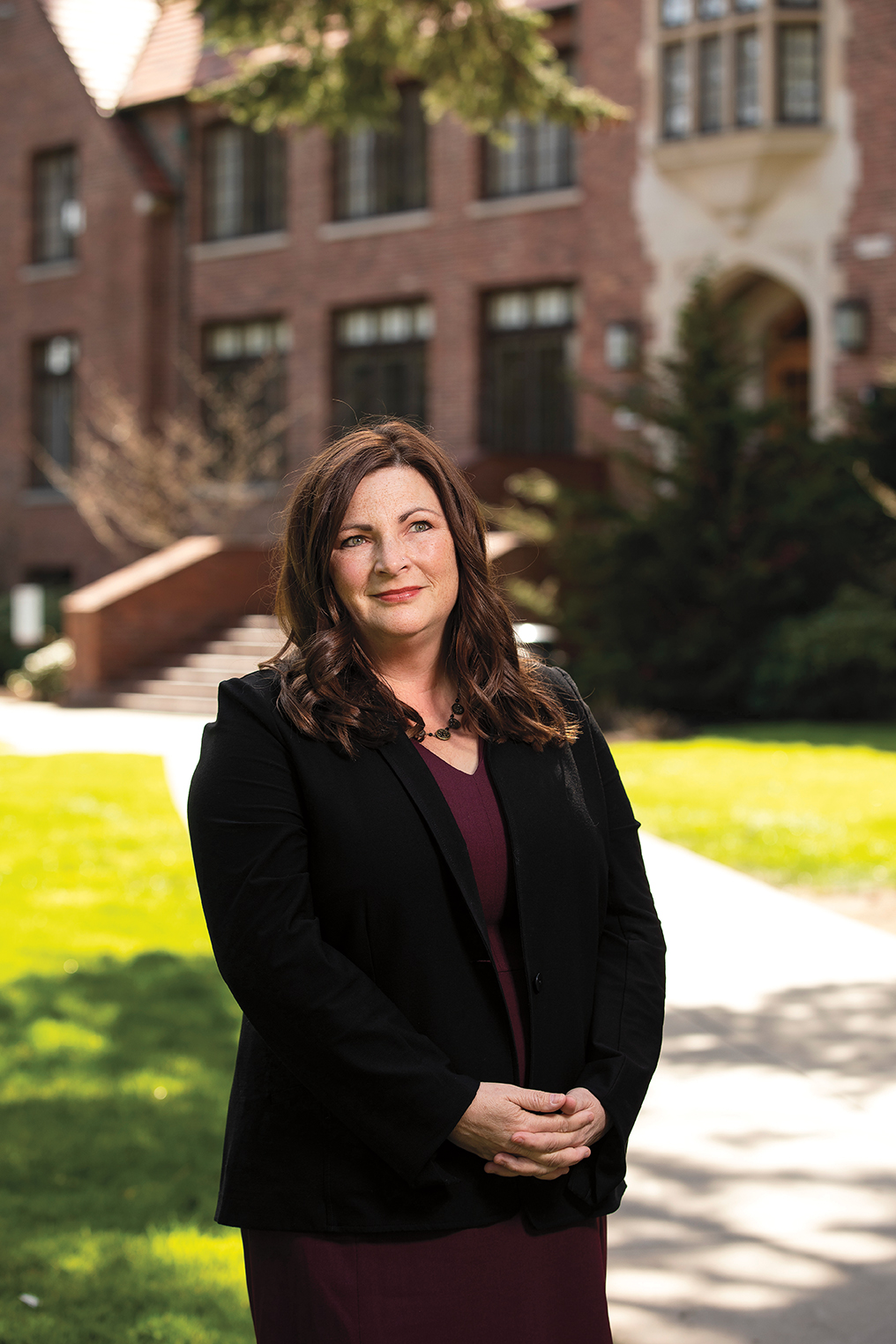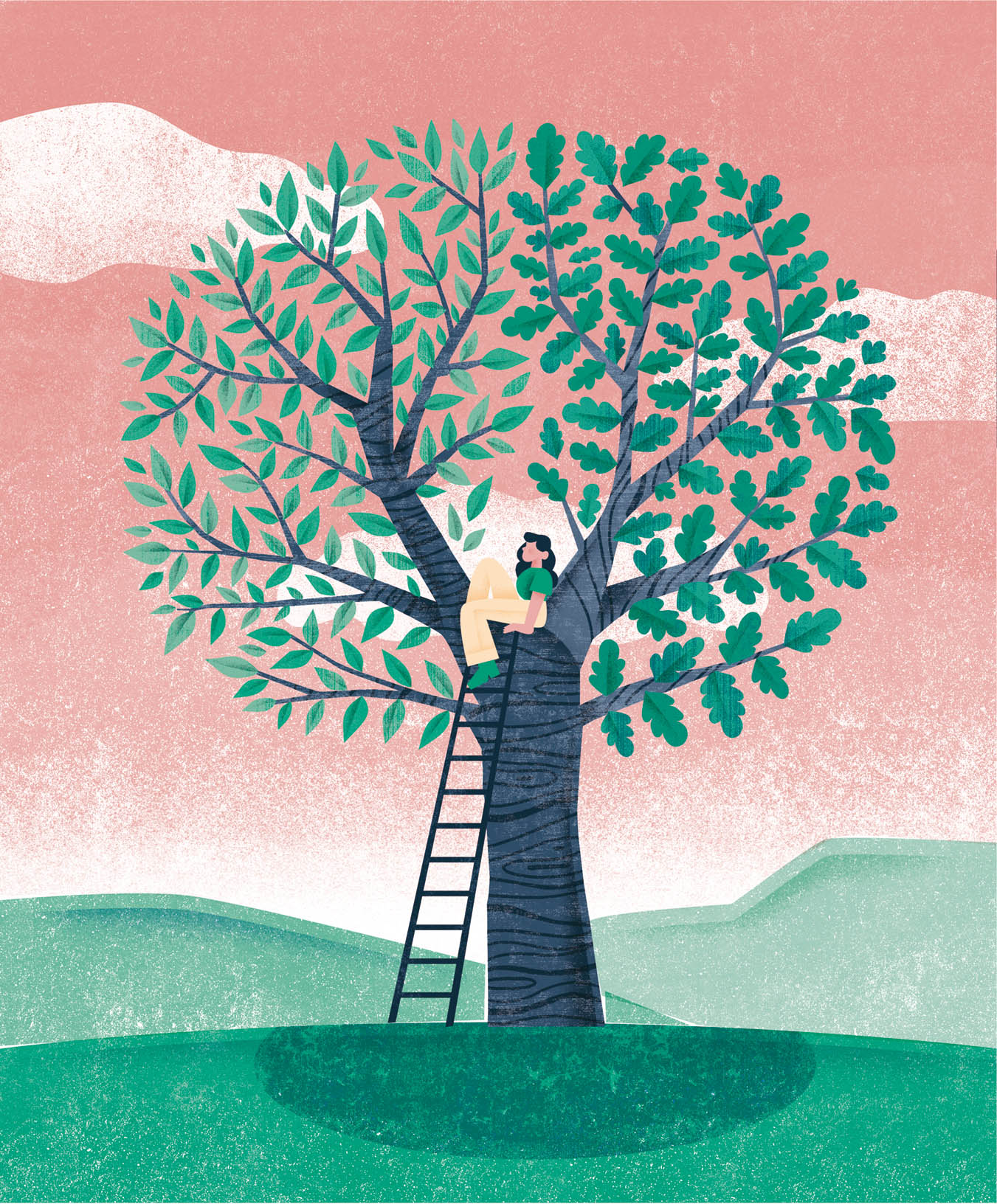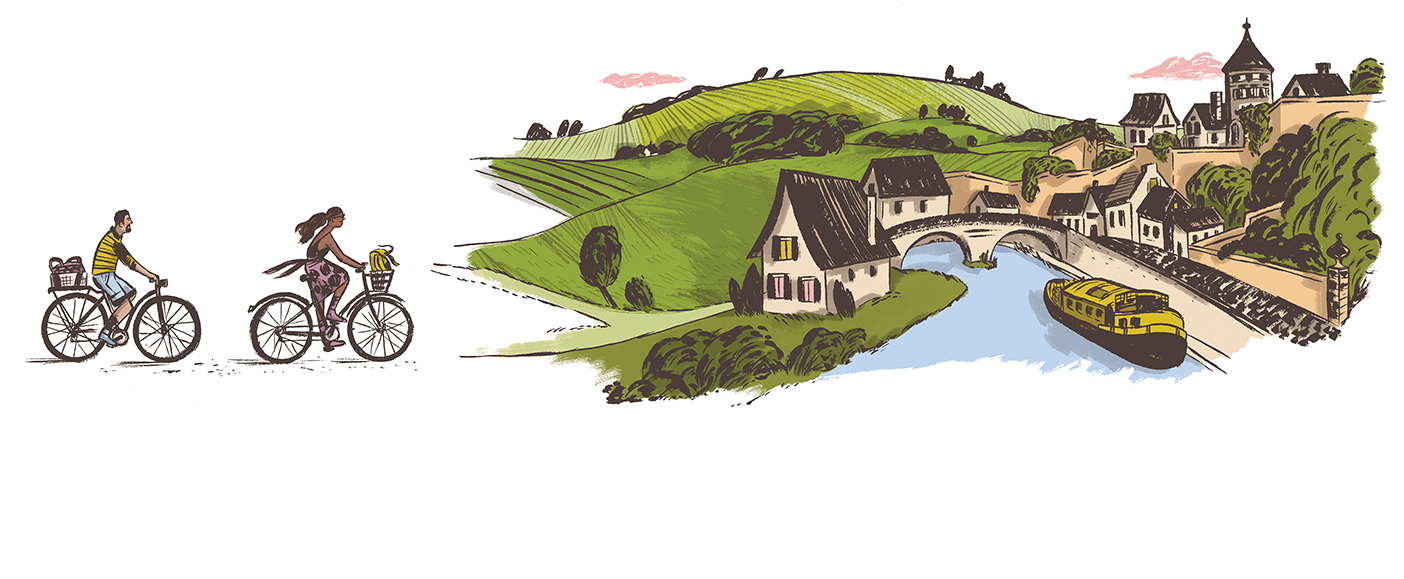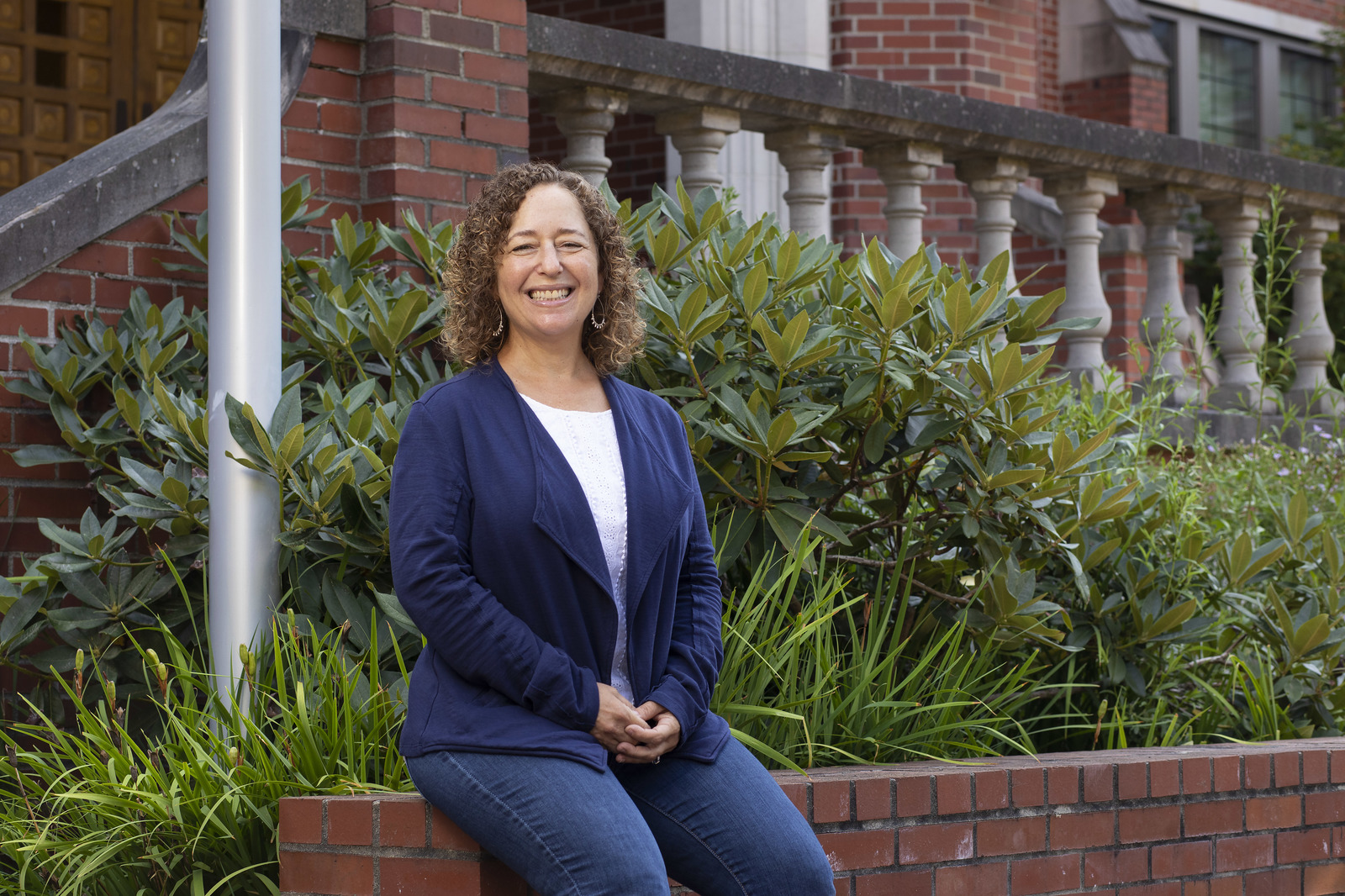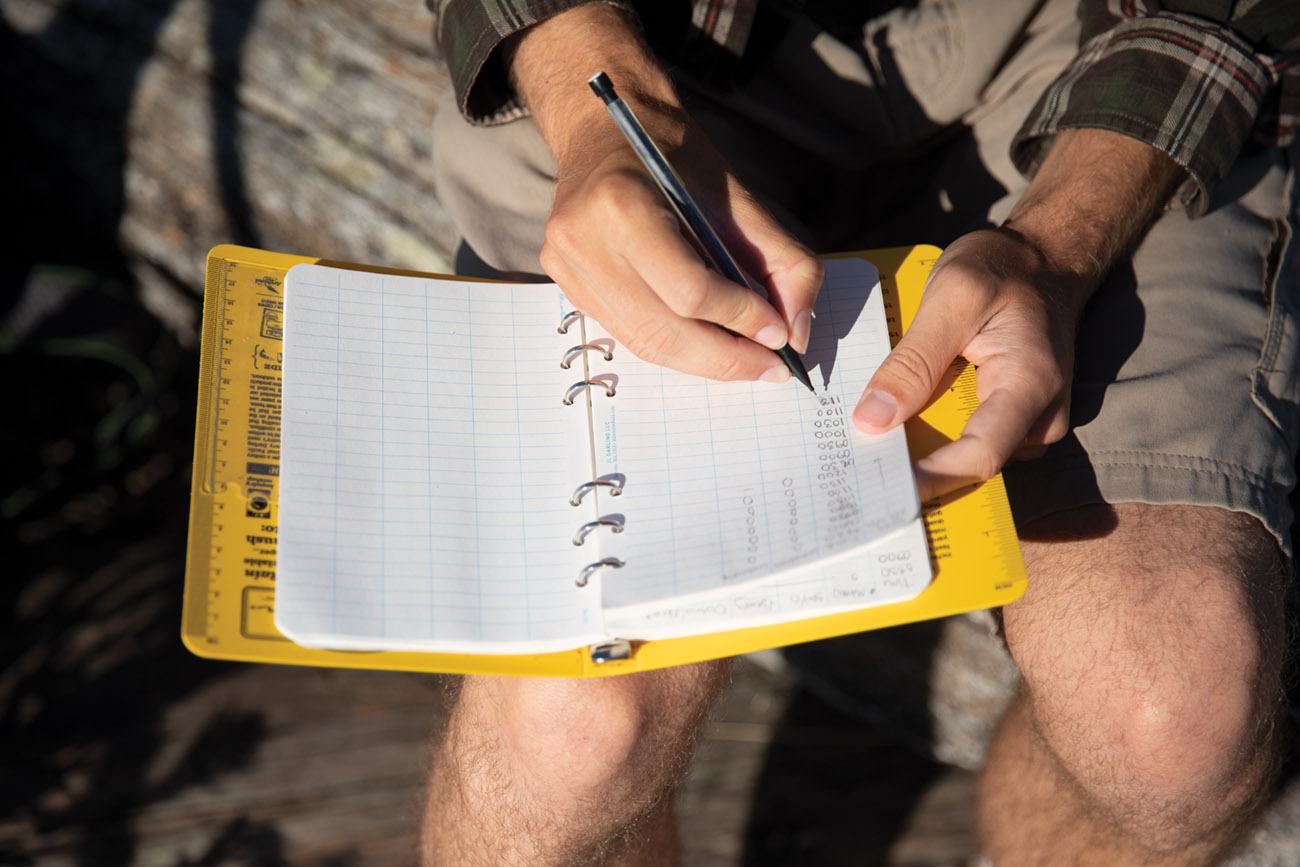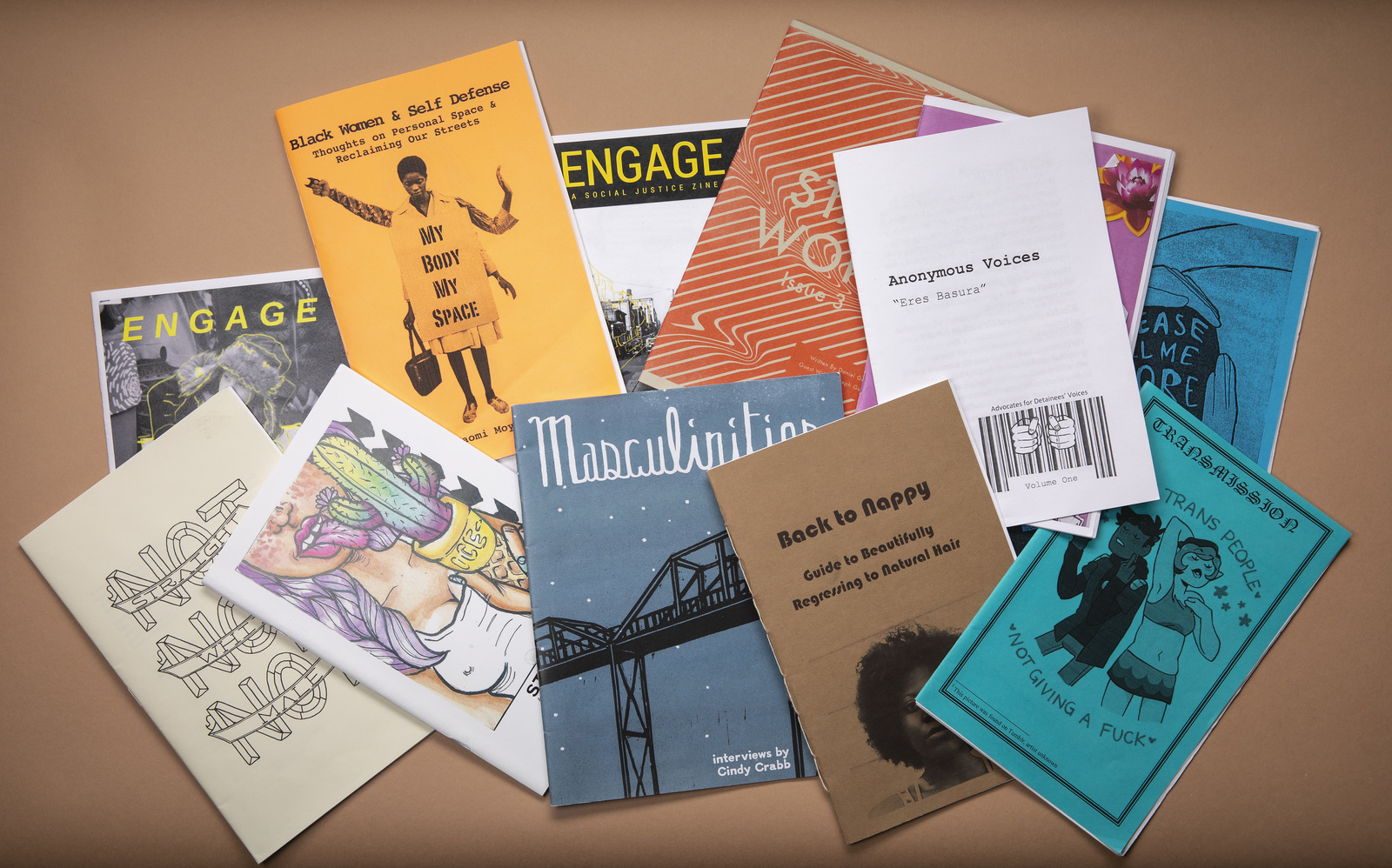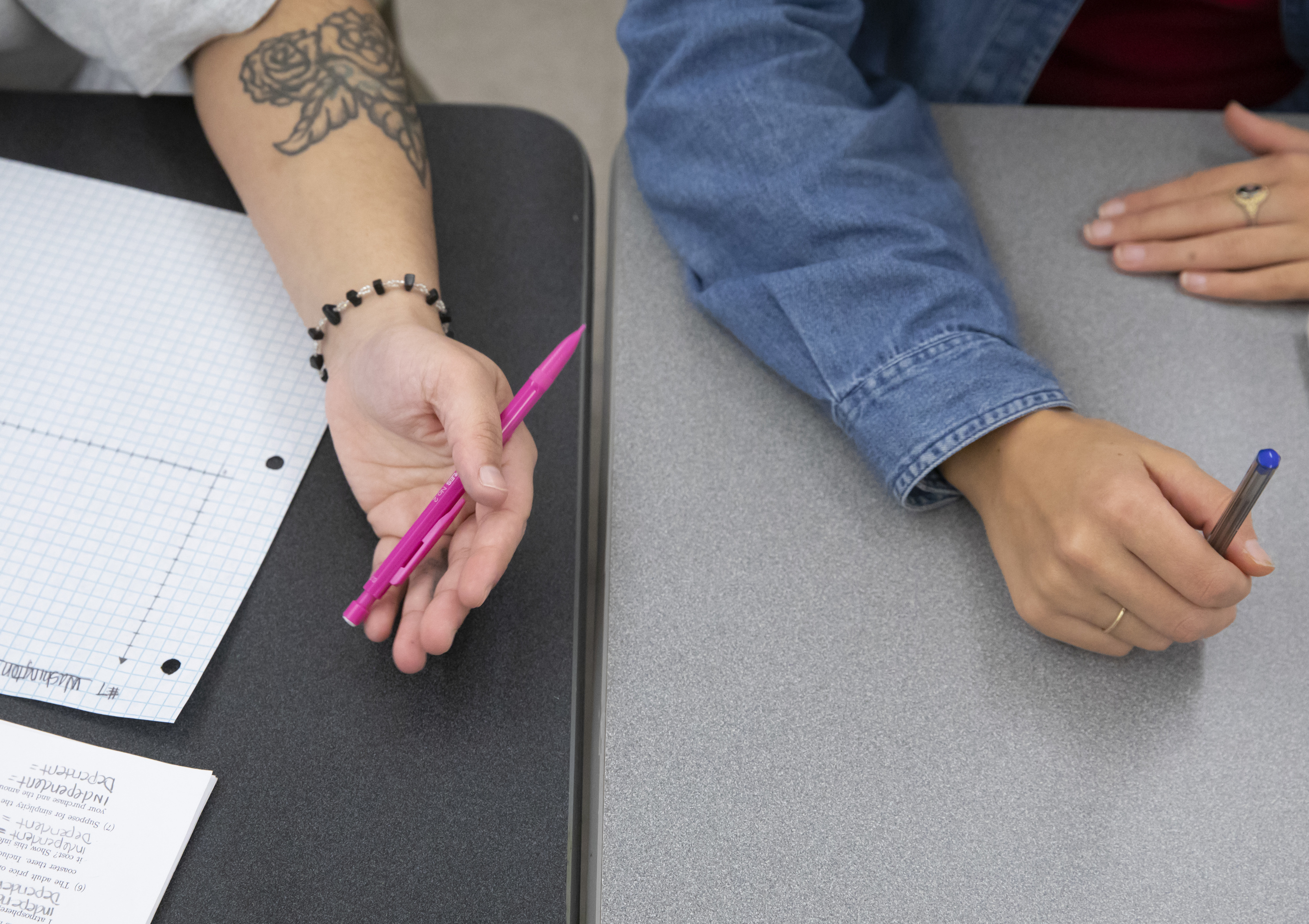Q: How does Puget Sound’s mentorship model differ from the way other programs prepare new teachers for the classroom?
A: The idea of dropping a student teacher into a classroom and saying, “All right, peace out, see you in a few months,” just doesn’t align with who we are. We want to make sure that our students are learning good practices, and it starts with having strong mentors to guide their development as educators, not from leaving them to sink or swim. Because of our small size, we are able to form deep and lasting relationships with local educators and work to find the best pairings for mentors and MAT candidates. The mentor-student teaching relationship can make or break the degree to which a student can grow and be challenged in productive ways, so we spend a lot of time working with our mentors in the schools. Hopefully, partnering with a quality mentor puts our students one step closer to becoming the teachers they want to be.
Q: How is Puget Sound’s Master of Arts in Teaching program adapting to address equity in education?
A: We’ve been doing some highly intentional work around building anti-racist teaching practices and culturally responsive teaching, working in partnership with the Race & Pedagogy Institute, African American studies department, Tacoma Public Schools, and other community partners. In recent years, we revised our program goals so they more align with our vision and values. One of those goals, while aspirational, asks us to interrogate our personal biases and social location. It can be highly uncomfortable to come to terms with our racialized identities and how they impact how we see the world and move through it, but it’s so important and the first of many steps towards contributing to the ongoing work of equity.
Q: What do you hope students gain from your classes and practicum work?
A: First and most importantly, your practice as a teacher has to start with relationships. When you’re with a group of kids all day, 180 days out of the year, you are, by far, one of the most influential people and sources of stability in those students’ lives. You cannot have an effective, productive, high-functioning classroom if you don’t know your students and care about them. The second thing is to be a highly reflective educator. We want our candidates to understand their role in student success. If I have a kid who’s struggling, the first question I should be asking is how the environment I’m creating isn’t meeting their needs, and then, how can I change my approach?
Q: How do you spend your day when you’re not on campus or in a local classroom?
A: My wife and I live in the North End, just a couple of blocks from campus. We have a labradoodle, who is the best thing on the face of the planet, and an old cat, who thinks he’s a dog. Lately, we’ve been obsessed with puzzles; I took up baking, thanks to the pandemic; and, of course, I read a lot. I recently read The Fire Keeper’s Daughter, and I’m reading The Vanishing Half by Brit Bennett right now and really enjoying it. I’m looking forward to reading Ann Patchett’s The Dutch House next.
